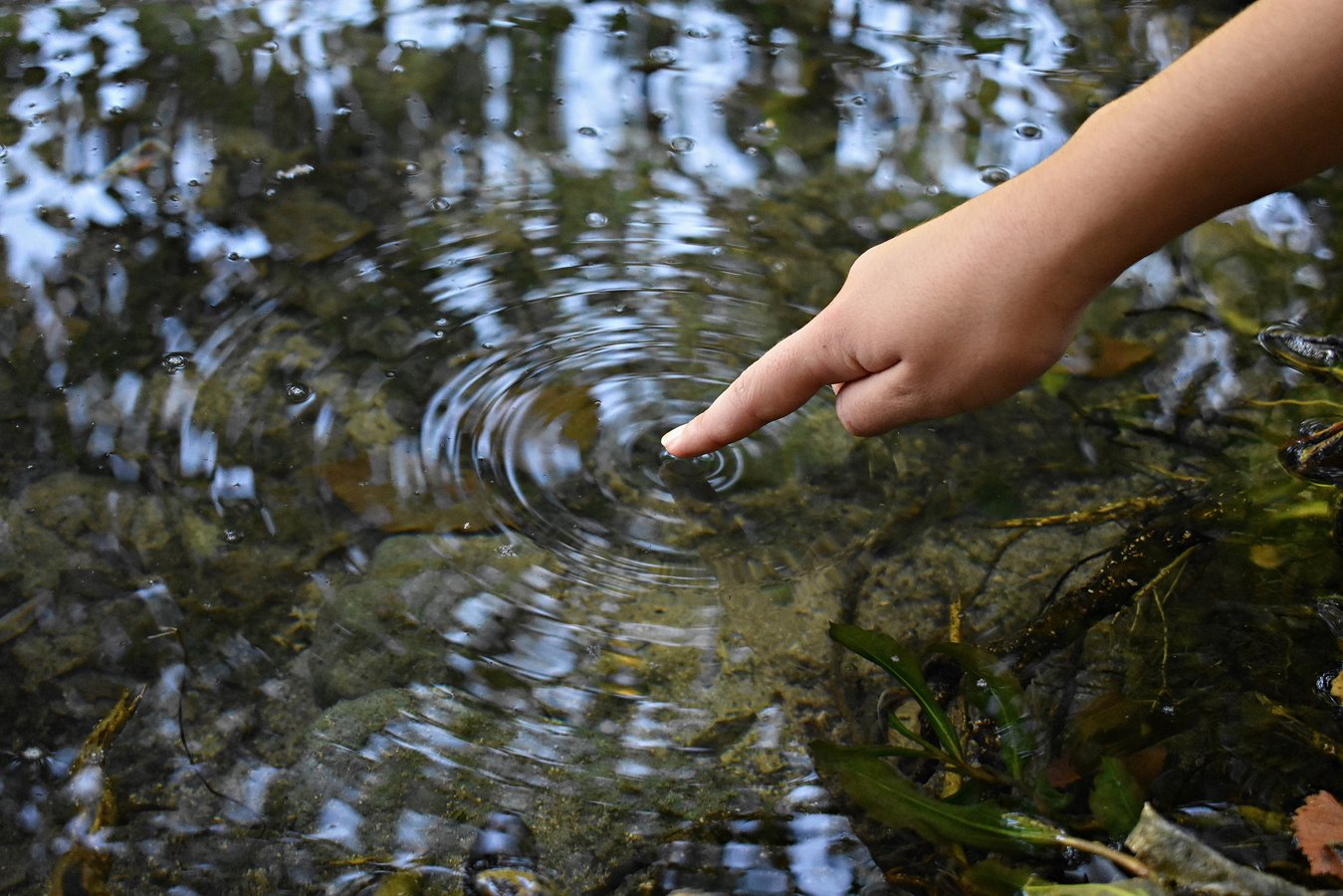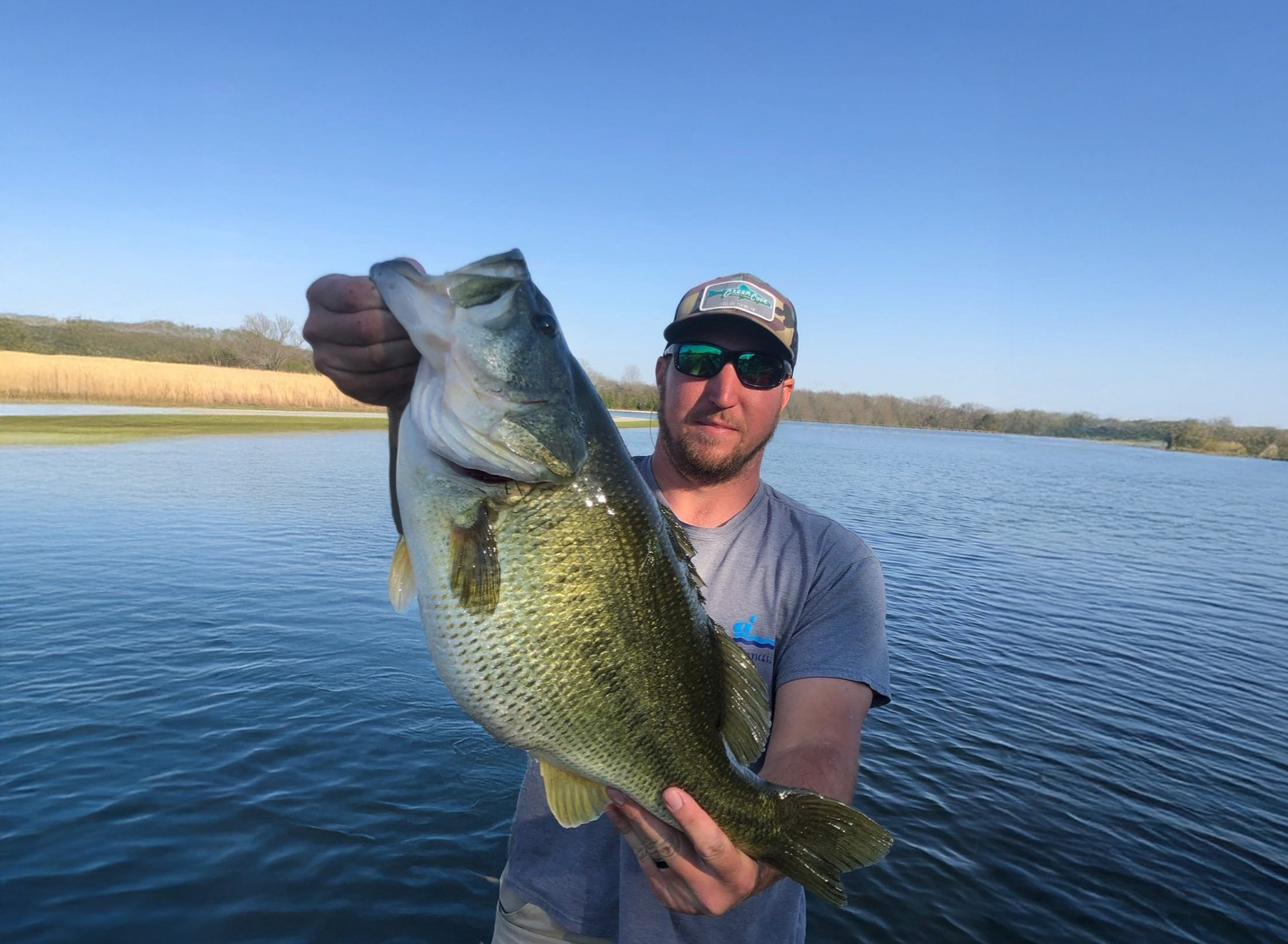Phosphorus Removal for Ponds & Lakes: A Natural Solution to Reducing Algae Blooms

Phosphorus is a naturally occurring nutrient that supports plant growth in aquatic systems. However, when it accumulates in excess, it can become a significant water quality concern. In lakes and ponds, elevated phosphorus levels often lead to excessive algae growth, reduced oxygen levels, and overall ecological imbalance.
Phosphorus commonly enters freshwater ecosystems through stormwater runoff, lawn and agricultural fertilizers, erosion, and decaying organic matter. Once introduced, it acts as a limiting nutrient—meaning that even small increases can dramatically accelerate algae growth. Blue-green algae (cyanobacteria), in particular, are known to thrive under high phosphorus conditions and can produce toxins harmful to aquatic organisms, pets, and humans.
Understanding how phosphorus behaves in aquatic environments is key to addressing its impacts. In most cases, phosphorus binds to sediments and settles at the bottom of lakes and ponds. However, certain conditions—such as low oxygen levels—can cause it to be released back into the water, perpetuating a cycle of algae blooms known as internal loading.
Phosphorus Binding Techniques: A variety of in-lake treatments are available to bind phosphorus and limit its availability:
- Alum (Aluminum Sulfate) Treatment: Alum is widely used in freshwater systems to chemically bind phosphorus. When applied, it forms aluminum phosphate, a stable compound that settles in the sediment and becomes biologically unavailable.
- Lanthanum-Based Products: Lanthanum-modified clay products work similarly by forming insoluble complexes with phosphate. These compounds remain locked in the sediment and reduce the risk of internal phosphorus cycling.
- Biological and Natural Filtration: Vegetative buffers and constructed wetlands can reduce the inflow of phosphorus from upland areas. These systems filter runoff and trap nutrients before they reach open water.
Preventing Future Phosphorus Inputs: Long-term phosphorus management requires a proactive approach that includes reducing sources of nutrient pollution:
- Nutrient Management: Soil testing and proper fertilizer application are essential to ensure that phosphorus is only added when necessary and in appropriate quantities.
- Erosion Control: Stabilizing streambanks and shoreline areas with native vegetation helps reduce sediment-bound phosphorus from entering waterways.
- Stormwater Best Practices: Techniques such as rain gardens, permeable pavement, and detention basins can help filter and reduce nutrient-rich runoff.
Addressing Internal Loading: In waterbodies with a history of nutrient buildup, internal loading from bottom sediments may be a persistent source of phosphorus. In such cases, hydraulic dredging—physically removing nutrient-rich sediments—may be considered.




However, dredging must be carefully managed, as disturbing the sediment can temporarily release more phosphorus into the water column. Combining dredging with in-lake phosphorus binding treatments can help stabilize nutrient levels and support longer-term improvements.
Overall, phosphorus management is a critical component of lake and pond stewardship. By understanding both the external and internal pathways through which phosphorus enters and cycles in aquatic systems, more effective and sustainable solutions can be implemented to support water quality and ecological health.
Contact Aqua Services today to schedule a water quality assessment and take the first step toward cleaner, healthier water.
Serving HOAs across Alabama, Arkansas, and Georgia, we’re here to help your community’s ponds stay healthy, compliant, and beautiful. Ready to take the next step?
Contact Aqua Services today to request a custom estimate.
About Aqua Services, A Jones Lake Management Partner
Since 1983, Aqua Services has been a trusted leader in lake and pond management, delivering scientifically backed solutions to create and maintain healthy, balanced, and beautiful waterbodies. As a Jones Lake Management Partner, our team specializes in a full range of services to include algae and aquatic weed control, aeration systems, water quality monitoring, fisheries management, hydraulic dredging, invasive species control, and shoreline restoration. We work with HOAs, municipalities, golf courses, and private lake owners throughout Alabama, Arkansas and Georgia to maintain balanced and thriving aquatic environments through science-based and sustainable management practices.
Topics
- Aeration (3)
- Algae (3)
- Aquatic Weeds & Algae Control (6)
- Bathymetry Mapping (1)
- Company News & Updates (1)
- Erosion Control & Sediment Reduction (4)
- Fisheries Management (10)
- Fountains & Aeration (6)
- Hydraulic Dredging (2)
- Invasive Species Management (3)
- Lake & Pond Management (12)
- Lake Management (4)
- Nutrient Management (7)
- Pond Management (1)
- Sediment Sampling (3)
- Storm-Water Basins & Pollution (1)
- Stormwater & Runoff Management (4)
- Water Quality (3)
- Water Quality Monitoring (1)

Our fisheries management programs are designed to meet your specific goals—whether that’s trophy bass production, family-friendly fishing, or enhancing the overall ecological balance of your pond.